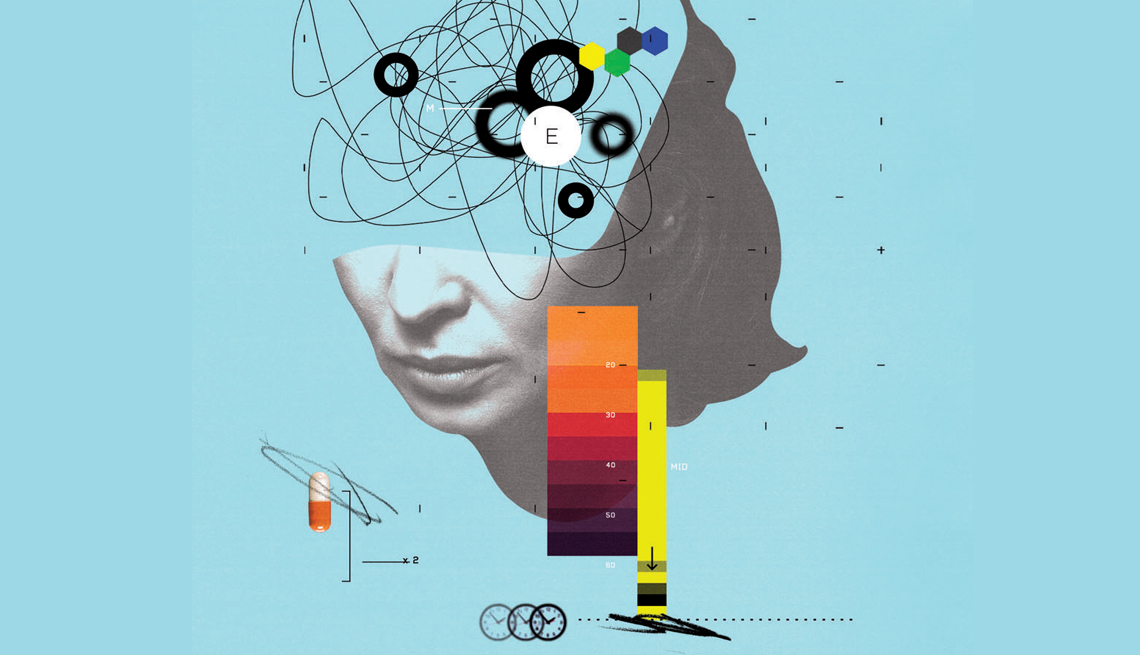Attention Deficit Hyperactivity Disorder (ADHD) and Nonverbal Learning Disabilities (NVLD) are two different neurodevelopmental illnesses that can make it hard for a person to do many things in their life. They may have some things in common, like having trouble with social relations and executive functioning, but their symptoms, diagnostic criteria, and the way their brains work are very different. To make a correct diagnosis, provide the right treatment, and help people who have either disease, it is important to understand these differences.
Understanding ADHD: ADHD is a neurodevelopmental disorder marked by persistent patterns of not paying attention, acting on impulses, and being too active, which get in the way of daily life and growth. It can happen to people of any age, but the signs may look and feel different in different people.
What ADHD Looks Like
Inattention: People with ADHD symptoms often have trouble staying focused on activities or tasks for long periods of time. As a result, they make careless mistakes, have trouble managing their work, and lose things they need for tasks.
Impulsivity:
People who act impulsively do things like act without thinking, talk over other people, and have trouble waiting their turn in activities or chats.
Hyperactivity:
Signs of hyperactivity include moving around a lot, talking too much, and not being able to stay sat when that’s what’s expected.
Criteria for diagnosis
The DSM-5 (Diagnostic and Statistical Manual of Mental Disorders, Fifth Edition) says that someone is diagnosed with ADHD if they have certain signs that make it very hard for them to function in different places, like at home, school, or work. These symptoms must last for at least six months and not match the child’s level of growth.
Factors That Matter
Even though no one knows for sure what causes ADHD, it is thought to be a mix of genetic, brain, and environmental factors. People with ADHD have different brain structures and functions, especially in areas that help them control their impulses and pay attention.
How to Understand NVLD
Nonverbal Learning Disabilities (NVLD) is a less well-known neurodevelopmental disease that causes people to have trouble understanding nonverbal cues, being aware of their surroundings, and processing what they see and hear. NVLD, on the other hand, affects social and academic skills more than attention and impulse control.
What NVLD looks like
Social Problems: People with NVLD often have trouble reading social cues like body language, facial emotions, and tone of voice, which makes it hard for them to make and keep friends.
Visual-Spatial Deficits:
People with NVLD have trouble with things that need visual-spatial skills, like reading maps, understanding math, and finding their way around places they haven’t been before.
Verbal Strengths:
People with NVLD may have trouble communicating without words, but they usually do well with verbal skills like remembering things by heart, vocabulary, and spelling.
Diagnostic Criteria:
It can be hard to tell if someone has NVLD because it can look like ADHD or autism spectrum disease. But some important signs are a big difference between verbal and nonverbal skills, as well as problems with social interactions and understanding visual-spatial information.
Factors That Matter
It’s still not clear what causes NVLD, but it’s thought to have something to do with problems in the right hemisphere and the neural networks that connect it that handle nonverbal information. NVLD may also be caused by things in the environment and things that happened to a person when they were young.
What Makes ADHD and NVLD Different
Both ADHD and NVLD can make it hard to get along with others and do well in school, but they are different in a few important ways:
ADHD mostly affects hyperactivity, attention, and the ability to control impulses. NVLD, on the other hand, mostly affects social contact, nonverbal communication, and processing visual-spatial information.
Cognitive Profiles:
People with ADHD may have problems with executive processes like planning, organization, and working memory. On the other hand, people with NVLD may be good at talking but not so good at seeing and understanding things.
Social Problems:
Both illnesses can make it hard to get along with other people, but the problems are different. People with ADHD may have trouble with social skills because they are impulsive and hyperactive, and people with NVLD may have trouble reading social cues and understanding social rules.
Response to Treatment:
Medication, behavioral therapy, and making adjustments at school are common ways to treat ADHD and help people manage their symptoms and perform better. For NVLD, on the other hand, interventions may focus on teaching social skills, improving visual-spatial skills, and making changes to academic work that need visual-spatial processing.
In conclusion
ADHD and NVLD are two different neurodevelopmental disorders that cause problems and differences in how people think, connect with others, and do in school. They may have some things in common, like having trouble with school and social situations, but it’s important to know all of their differences in order to make a correct evaluation and help them. Clinicians, teachers, and parents can help people with ADHD and NVLD more effectively and successfully if they understand the unique characteristics of each disease and adapt their interventions to meet the needs of those individuals.



